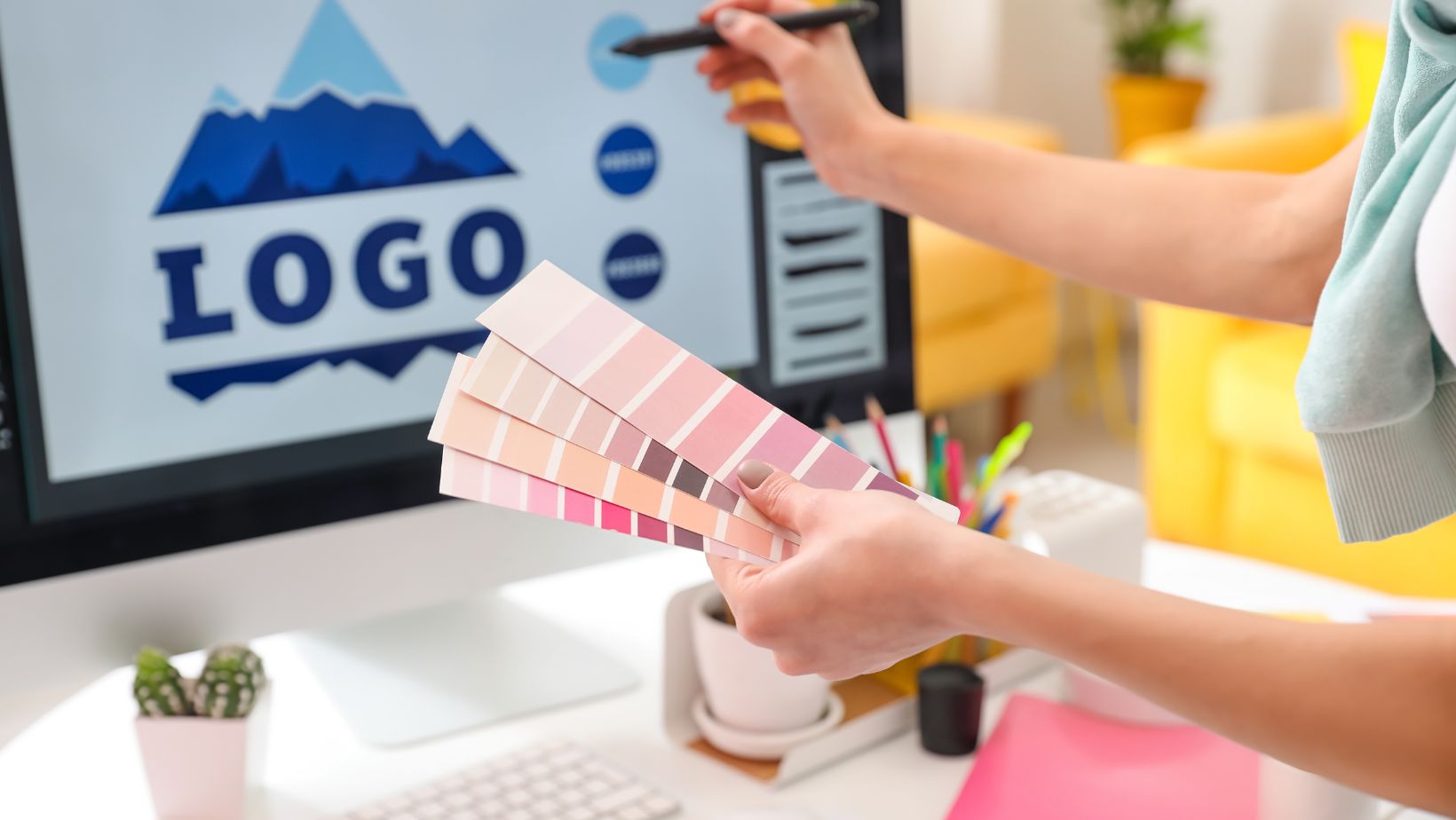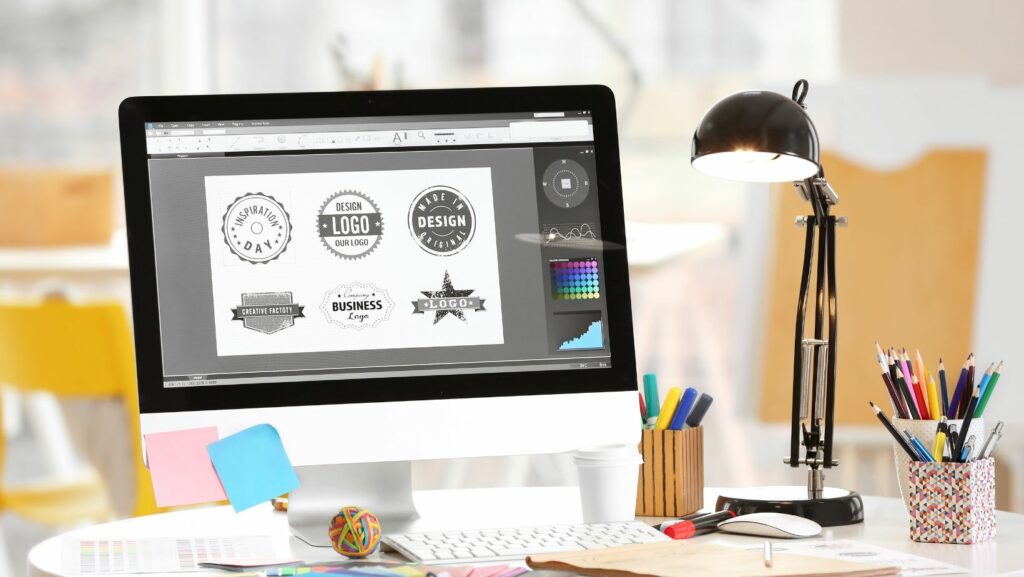Phone:
(701)814-6992
Physical address:
6296 Donnelly Plaza
Ratkeville, Bahamas.

Let’s be real: we all judge books by their covers. Whether it’s a new coffee shop on the street or a tech startup competing for our attention, the first thing we notice is always the logo. It’s the handshake before the hello, the glance before the dive-in. That’s why logo design isn’t just about making something look pretty—it’s about making something that lasts.
In this post, we’re going to talk about what makes a good logo, share some real-life lessons, and offer practical tips for anyone thinking about creating one—whether you’re a business owner, designer, or just a curious mind. Grab your coffee; let’s dive in.
Your logo isn’t just a design, it’s your brand fingerprint. Think Nike, Apple, or McDonald’s. Their logos say it all without uttering a word. An amazing logo creates trust, sparks recognition, and sets the tone for your brand voice.
But the surprise is this: your logo doesn’t have to be flashy to be remembered. Indeed, some of the most memorable logos are surprisingly simple. That’s because a great logo tells a story instantly. It should make people want to take a closer look and, more importantly, remember you.
Let’s get down to business. A great logo usually has a few essential ingredients:
Even the most carefully laid plans can go wrong. Here are some pitfalls to watch out for:
This is entirely dependent on your budget and personal comfort. There are also so many tools now that designing a logo yourself is easier than ever. Canva, Looka, and LogoMakr are just some of them that let you play around with colors, fonts, and icons.
But here’s a personal example: a friend of mine started a fitness coaching brand and used a free logo maker. It looked okay online, but when she put it on T-shirts, the colors didn’t mesh and the image got pixelated. She ended up hiring a designer later on who was able to take the energy of her brand and turn it into a logo that looked good everywhere—online, in print, and even on a water bottle.
If your brand is a serious venture, investing in a designer might be the way to go. Professionals can help transform your story into visuals that resonate. As an added bonus, you’ll get scalable, high-quality files that will save you time (and headaches) in the future.
Whether you’re creating a logo yourself or investing in a designer, keep these tips in mind:
Let’s take Airbnb, for instance. Their old logo looked like it belonged in a tech demo. They rebranded in 2014 with a minimalist, abstract symbol they call the “Bélo.” It represents belonging, which is well in line with their mission. That one move helped them reposition themselves as an international brand from a startup.

Another great example is FedEx. At first glance, it looks simple. But look closer and you’ll notice a hidden arrow in the negative space between the E and the x. It’s a subtle nod to speed and direction—exactly what a delivery service is all about.
These logos aren’t just clever. They’re intentional. And that’s what makes them work.
Logo design isn’t just design—it’s identity. Whether you’re launching a new brand or thinking about a refresh for your existing one, your logo is worth your attention. It’s typically the first thing people notice and the last thing they remember.
So do not be in a hurry. Think about your story. Play around with ideas. And don’t be afraid to ask for help when you need it.
At the end of the day, a good logo looks good—but a great one feels right. And when it does, people notice.
Now go out there and make something memorable.